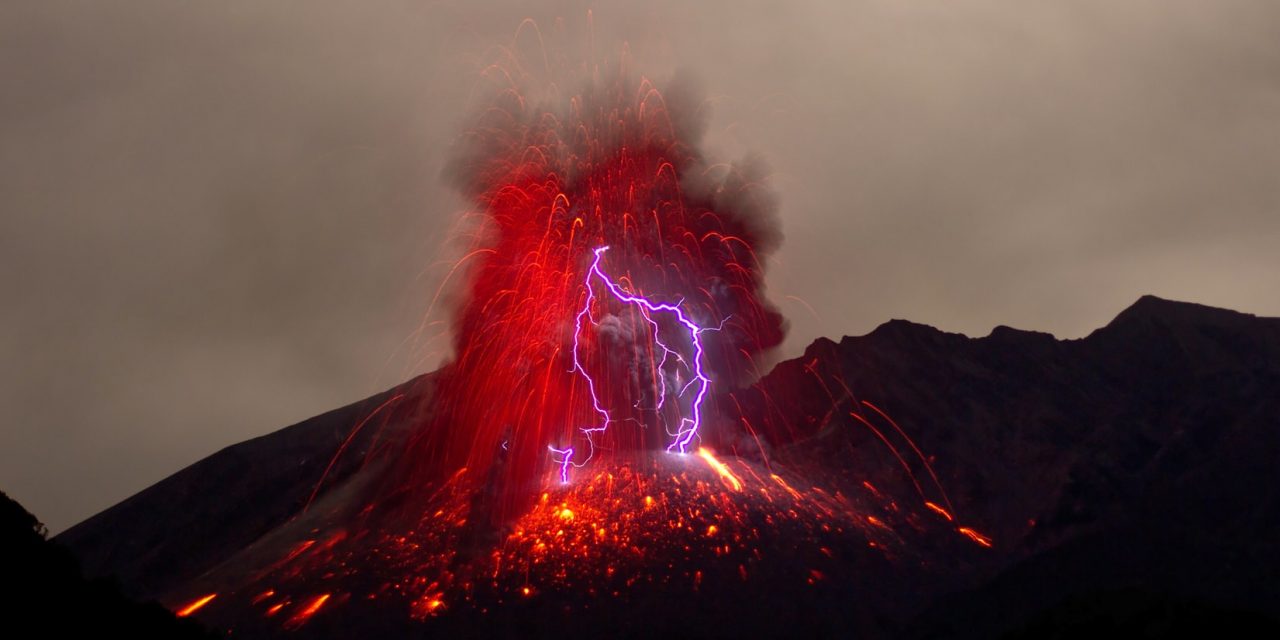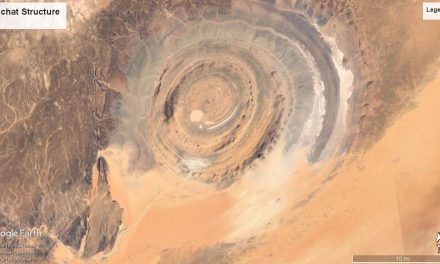The destruction of Atlantis has been debated since the story was first told. There is scientific evidence to indicate that Atlantis was both real and destroyed much the way Plato described. We know that that sea level in the Atlantic was once 200-400 feet lower than it is right now. And we know pretty conclusively that that a cosmic impact (meteor or comet) took place around 12,800 years ago. Again this fits with Plato’s account. Except for the timelines, it may actually fit with stories from the Old Testament. Many items fit the stories of Sodom and Gomorrah and Noah’s Ark. The following events may actually describe the same events, but the dating has been different in each. Any or all could have been the cause of the destruction of Atlantis.
The Younger Dryas Impact
The Younger Dryas impact hypothesis states that there was a massive celestial object impacting earth started the Younger Dryas cold period. This is likely a scientific event that would substantiate the story of Atlantis. Depending where you were on earth, you may have experienced intense fires, flooding, or other conditions. According to the hypothesis about 12,800 years ago the earth was doing well and was suddenly experiencing a deep chill. This lasted roughly 1,200 years.
Out of nowhere, the Earth started to warm up again. For many years geologists believe that there freshwater melting from ice sheets and glaciers went into the ocean. This caused a problem with the Earth’s ability to transport heat through the ocean’s currents. Some scientists had a problem with this theory, as there was very little firm evidence to back it up. Since the 1980’s researchers have been trying to figure out exactly what happened. This research evolved into the comet hypothesis started. They believed that a comet exploded over an ice sheet that covered most of North America (the Laurentide Ice Sheet). The exploding comet caused wildfires that caused the sun to be blocked out and the planet to cool.
The Smoking Settlements
So far there are roughly 30 sites excavated that show evidence of the Younger Dryer event. There are most likely more, but much of the potential debris field lies in the Atlantic and in the Sahara so excavation is challenging. For decades, people have found melted sand in the Sahara. Only recently have we started to get a full picture of the cause. Abu Hureyra lies at the easternmost sector of what is known as the Younger Dryas Boundary (YDB) strewnfield. This settlement in Syria wasn’t simply destroyed around 12,800 years ago, it was vaporized by temperatures approaching 2200 Celsius. In addition to the melted stone, the site shows significant amounts of rare earth elements. This is indicative of a meteor strike.
While the dating is unclear, the supposed sites of Sodom and Gomorrah also shows signs of high temperature burning. Similar sites exist in Scotland and in Pakistan. More are likely to be found now that Abu Hureyra has been validated as being destroyed by a cosmic impact. Researchers will be more comfortable looking for similar evidence in other sites knowing that there is already a definitive site confirming a cosmic event.
Meltwater Pulse 1A
Another possible contributor to the destruction of Atlantis was Meltwater Pulse 1A. Every so often a phenomenon occurs of gigantic proportion, in which glacial ice masses experience a rapid decrease in temperature, causing them to melt and empty into the surrounding bodies of water. Also known as deglaciation, this phenomenon occurred roughly about 14,000 years ago. It affecting the waters of the South Atlantic, and more specifically, the Caribbean Sea. It is commonly referred to as the catastrophic rise event 1. However, the name coined by scientists for this phenomenon is Meltwater Pulse 1a.
One can only imagine the impact of such a catastrophic event on the surrounding inhabitants, the climate, as well as the existing marine life. The abrupt introduction of such large amounts of of fresh water into the sea can cause ocean floor ventilation. This in turn can cause toxins from the deep sea layers of the ocean floor to be transported to the upper layers of the ocean. This occurrence can obviously have an adverse effect on the existing marine life as well as coastal inhabitants, and the environment as a whole
No matter what the name of this event, its impact on the waters of the South Atlantic was huge. Not only did significant amounts a freshwater rapidly empty into a saltwater environment, but the drastic change in sea levels as a result of this event was phenomenal. Records indicate a 16 to 25 meter rise in sea level. This doesn’t represent the whole increase in sea level rise in the Caribbean during the past 12,000 years. But it was one of several sudden events that could have been part of the destruction of Atlantis.
Meltwater Pulse 1B
A similar event to Meltwater Pulse 1A occurred a couple thousand years later. Meltwater pulse 1B is the name that oceanographers, paleoclimatologists, and Quaternary geologists use to describe the period of rapid post-glacial rises of sea levels that happened at the start of the Holocene period (about 11,500 years ago). In the Caribbean Sea, it is called catastrophic rise event 2. The sources of meltwater pulse 1B have caused a lot of debate in the scientific community. The Younger Dryas evidence from Syria does seem to validate this Meltwater event.
There are conflicting theories about what the cause of Meltwater pulse 1B actually was. One theory is that the primary source for meltwater pulse 1B was the ice sheet in the Antarctic. Other scientists believe that that West Antarctic ice sheet receding is what supplied the water for Meltwater pulse 1B. Recent research showed that the East Antarctic ice sheet was too small to be the source for Meltwater pulse 1B. The Laurentide ice sheet may have been able to provide enough water for meltwater pulse 1B. As the theory of a cosmic impact becomes solidified, I think it will will better identify the overall source of this meltwater pulse event.
The Effect on Atlantis
The dates for the various meltwater events are a little difficult to pinpoint. But I believe at least one was either caused by or closely related to the Younger Dryas event. I believe around 12,800 years ago, a comet or series of meteors struck the Earth from Greenland to Saudi Arabia. Billions of square meters of ice melted, and billions of gallons of ocean water boiled. The resulting dust cloud spread west and coated most of North America.
Tsunamis destroyed coastal settlements within 100 feet of sea level. Water levels were originally only minimally affected afterwards. Ice melt replaced the ocean water that was flash boiled. As the global dust cloud covered the earth, temperatures began to drop. Then all the ocean water that evaporated began to return as rain. (Possibly the 40 days and nights of Noah). This further raised sea level and solidified the destruction of Atlantis.







